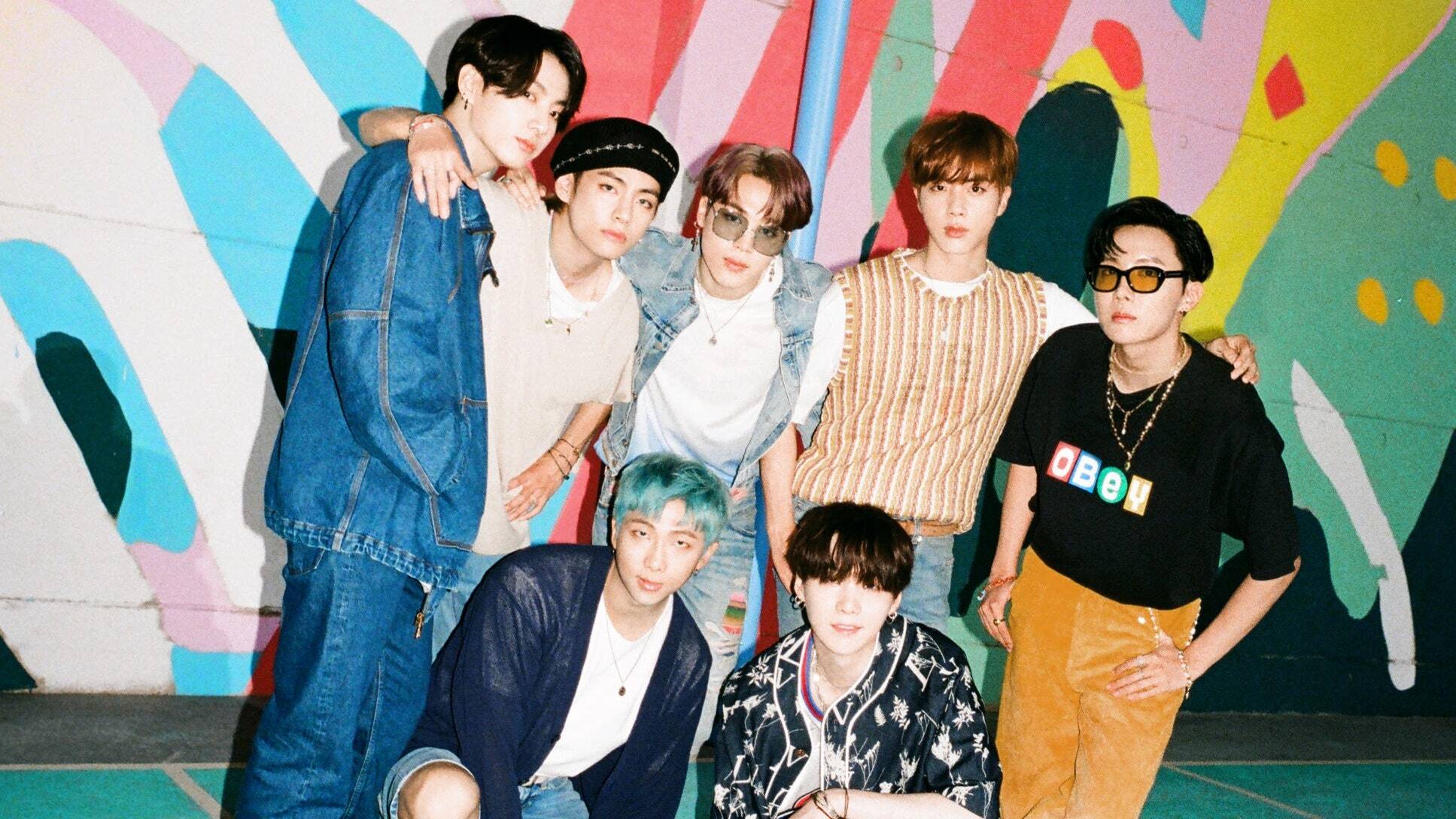What is K-wave?
Korean pop culture as a cultural phenomenon
Foto: BIG HIT
Yesterday, what came to my attention on my Facebook timeline was a post from South Korean president Moon, celebrating BTS’s achievement at No.1 on Billboard Hot 100. BTS, a K-pop boyband, became the first South Korean artist to hit the No.1 on Billboard with its new single „Dynamite“, followed by Cardi B and Drake on the second and the third place. Coming from South Korea, a tiny country located in between Japan and China, I have never imagined that our pop culture would get this much attention around the globe.
It is interesting to observe the popularity of Korean pop culture as a Korean expat living in Germany. After moving to Germany in 2016, I have realized that K-pop is a huge thing that is being associated with South Korea, at least among younger generations. I wasn’t personally a heavy consumer of Korean pop culture, but it was fascinating to see so many internationals who are obsessed with K-pop and K-drama way more than I am. I started to wonder how it was possible despite the language and cultural barriers.
Understanding Korean pop culture
To understand Korean pop culture better, it is crucial to get a glimpse of contemporary Korean history. As you might have noticed from the Korean president’s comment about BTS, ‚Korean pop culture‘ was boosted partially because of the Korean government’s policies to support it as a product to export after the democratization in the 90s. Until the 80s, South Korea was under a dictatorship, and cultural contents were censored and restricted with certain guidelines.
After South Korea’s democratization in the late 80s, Korean pop culture started to get into a new era with a much more liberal government and economic success of the country. ‚Seo Taiji and Boys‘, a hip hop dance group who had their debut in 1992 was a start point in K-pop history to adapt American hip hop culture into their songs and style. In the early time of K-pop, it was influenced by Japanese music industries, as many K-pop songs were released in Japan with Japanese translated lyrics. However, K-pop became more and more independent from the Japanese influence and started to adapt more from American pop music.
The Sound of K-pop
So, how does K-pop even sound like? There is even this saying, „K-pop is pop music on crack“. K-pop often mixes and matches different trendy genres of music in one song, with catchy lyrics in English and Korean, so that the global audience can understand as well. K-pop is not really a music genre, but it is more like a whole cultural product with a certain concept. Apart from the music, crazy choreography, visually pleasing music videos, and unique fashion style of the artists make K-pop distinctive and appealing to the global audience.
On the flip side, this „cultural product“ exists due to its unique label system in K-pop industries. Big music labels in Korea manufacture the music, artists, and music videos in a systemized way. So that’s why K-pop is closer to a product than art. And this is one of the reasons why it is often criticized in addition to poor working conditions in the industries.
In any case, it is still surprising to see an all Asian boyband to be on top of the Billboard chart. Is K-pop opening up a new era in deeply embedded western-centrism in the cultural industries? How can we understand this so-called, „K-wave“ as a social phenomenon? Beside K-pop, the success of Korean cinema is also one of the interesting topics to be discussed. In the following articles, I will talk more about many different sides of Korean pop culture, step by step.
Nonetheless, I urge you to listen to BTS’s new single „Dynamite“, which is the first song of BTS full in English. As RM, the member of BTS mentions in his interview with Apple Music, the song is all about „Positive vibes, energy, hope, love, and purity” in this difficult time.

